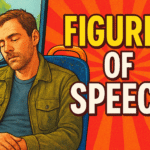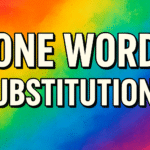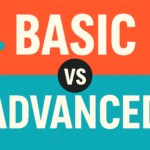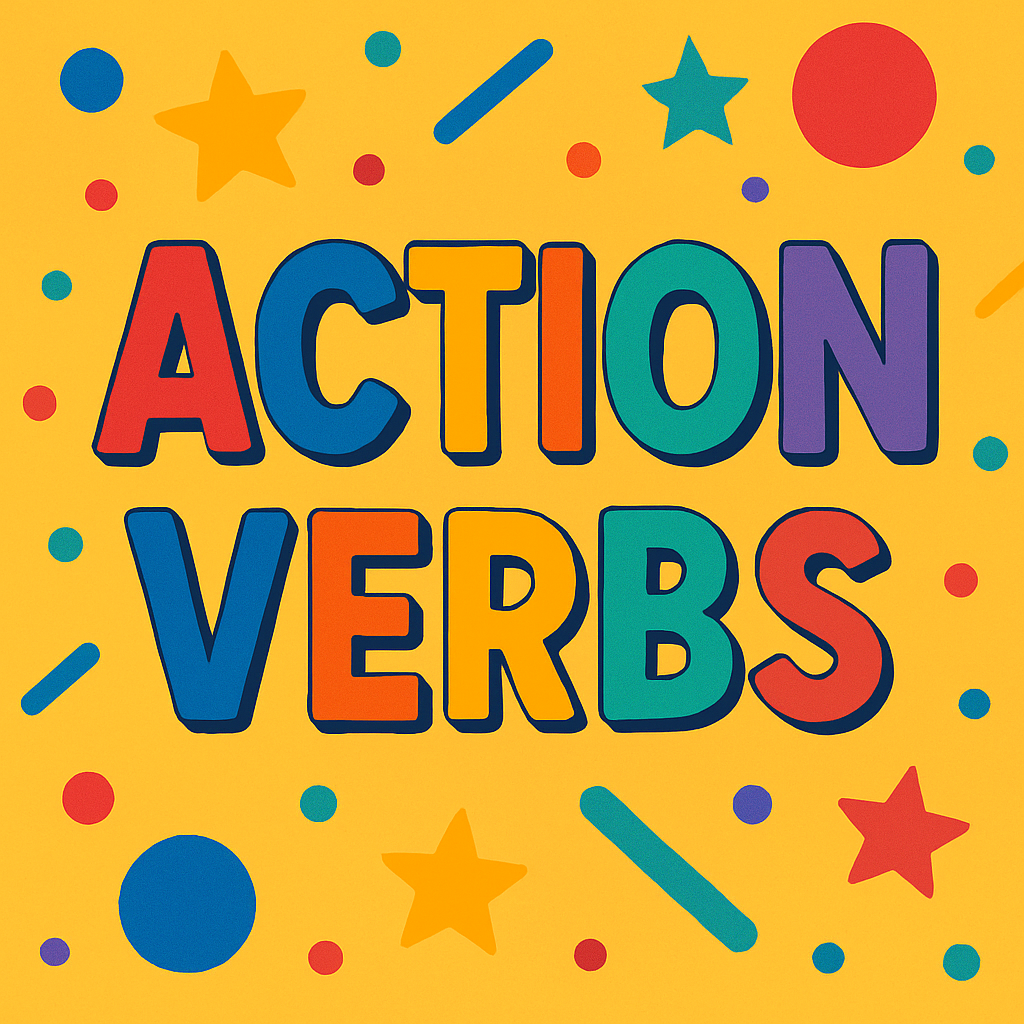
Understanding Dynamic Verbs: A Complete Guide with Examples
Dynamic Verbs: A Comprehensive Explanation Dynamic verbs, also known as action verbs, describe actions, processes, or activities that involve change, movement, or a specific event. These verbs typically represent something that a subject does, either physically or mentally, and they often imply a sense of activity or progression. Unlike stative verbs, which describe states or…







